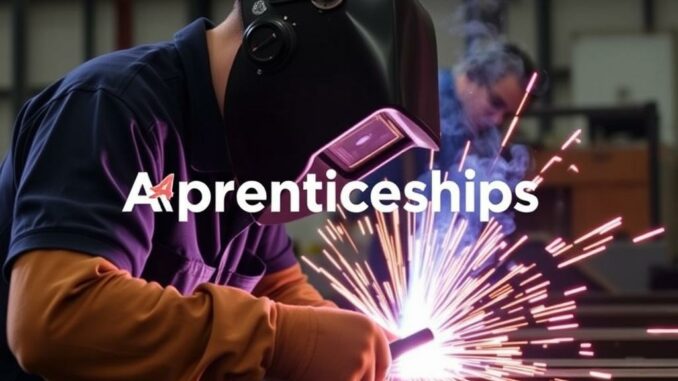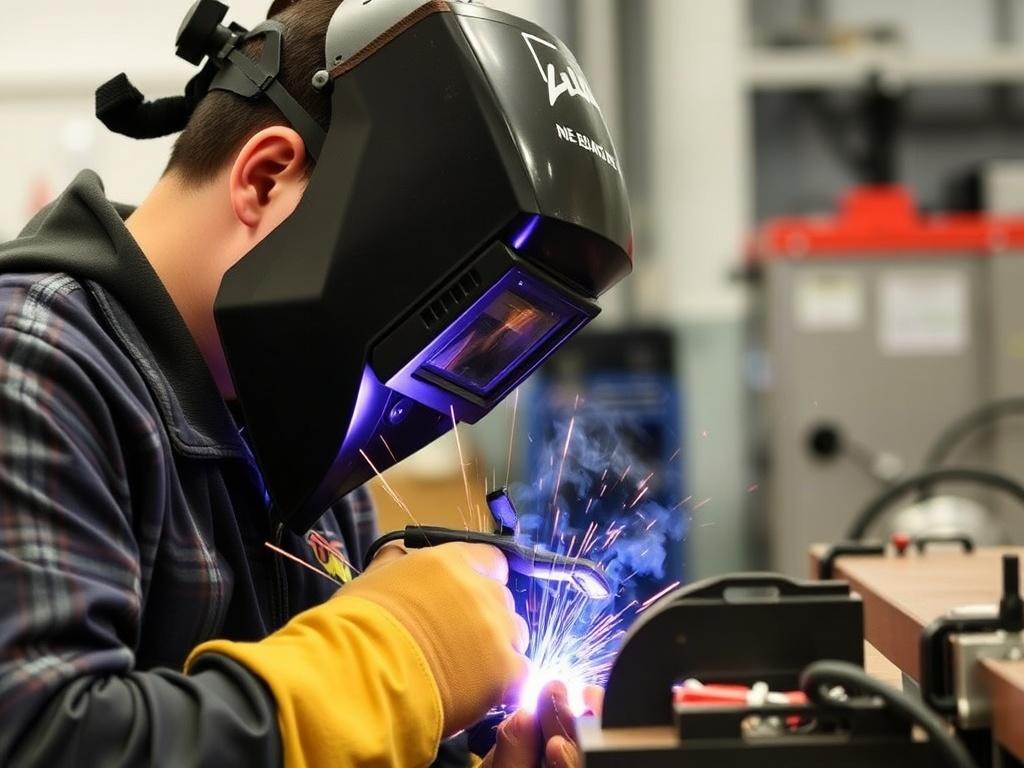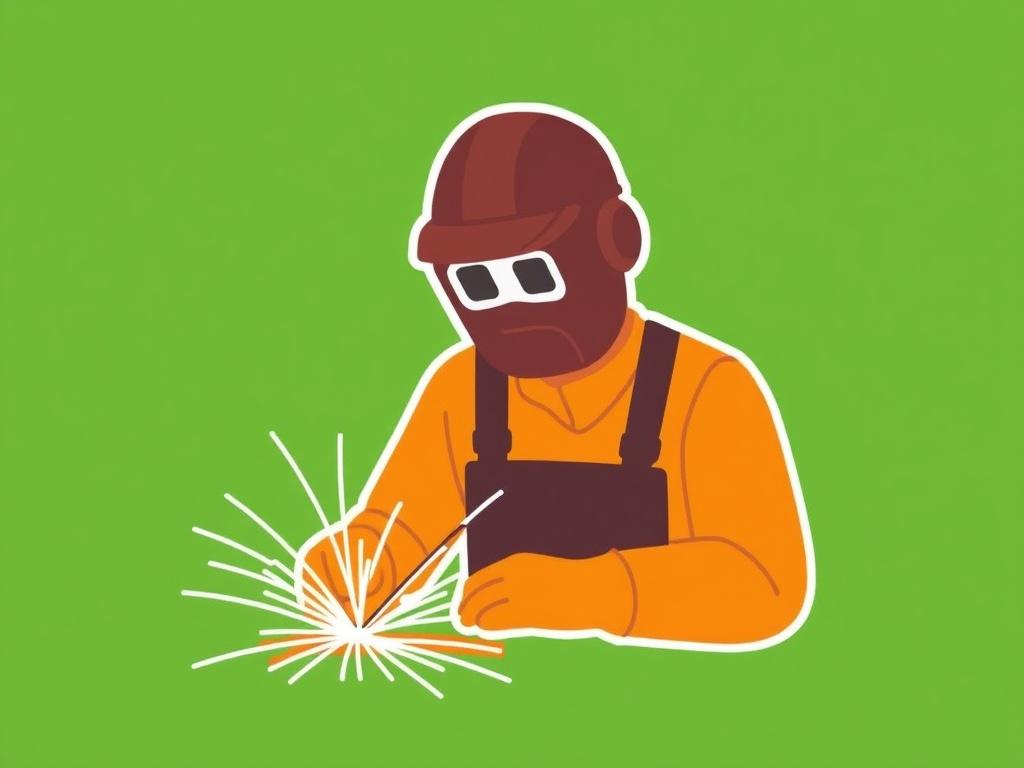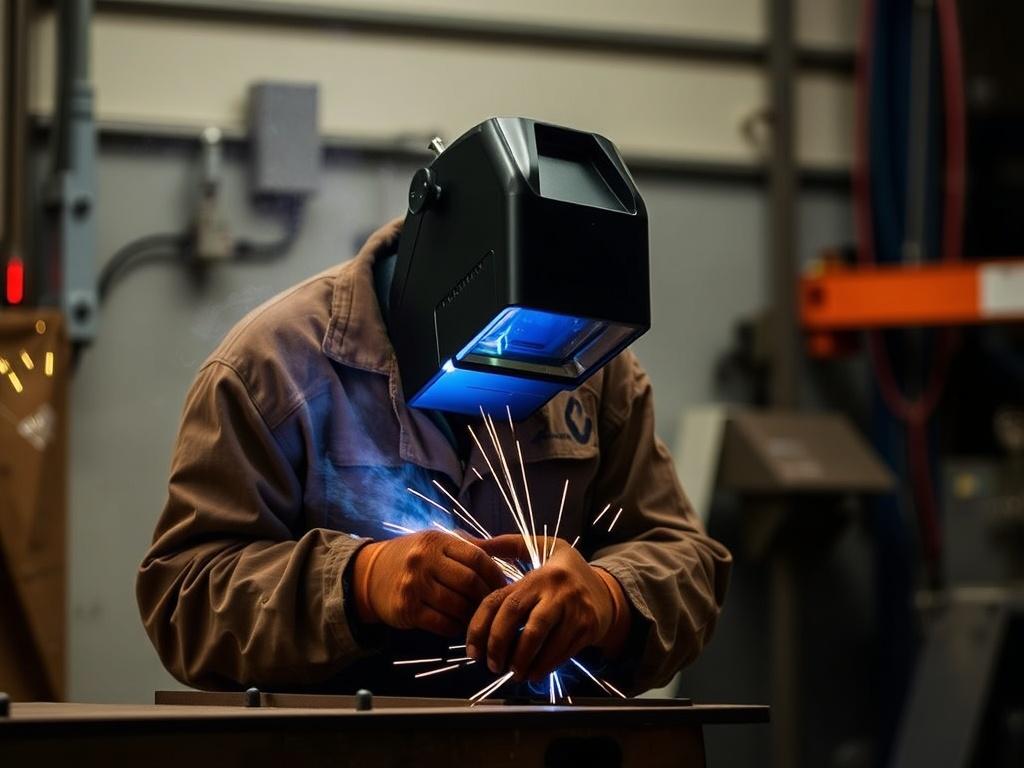
When it comes to mastering a skilled trade, there’s no substitute for hands-on experience. Welding, an essential and highly valued craft, offers one of the best opportunities for those eager to dive into the world of metalwork. Apprenticeships in welding provide a unique blend of classroom instruction and real-world on-the-job training, making them an ideal path for anyone who wants to learn a skill that’s both practical and in high demand.
If you’re curious about what it takes to succeed as a welder, how apprenticeship programs work, and why gaining hands-on experience is so crucial, you’ve come to the right place. This article will explore every facet of welding apprenticeships, from the initial steps to the rewards of becoming a certified professional.
What Is Welding and Why Is It Important?
Before diving into the specifics of apprenticeships, it’s important to understand what welding actually is. Welding is the process of joining metals together by applying heat, pressure, or both, to create a permanent bond. Welders work in a variety of industries, from construction and manufacturing to shipbuilding and aerospace.
The significance of welding cannot be overstated. It’s a foundational skill that supports the infrastructure of our modern world. Bridges, buildings, cars, airplanes – all rely on welding for strength and safety. As technology advances, so does the complexity and precision required in welding, making skilled professionals even more essential.
The Value of Apprenticeships in Welding
Many people wonder why apprenticeships in welding are so highly recommended. The answer lies in the unique combination of education and practical learning that apprenticeship programs offer. Instead of solely studying theory, apprentices spend a significant amount of time working alongside experienced welders, allowing them to develop real-world skills under expert guidance.
Think of apprenticeships as learning by doing. It’s about gaining confidence in handling tools and materials, understanding welding techniques, and developing problem-solving skills in authentic work scenarios. This approach not only increases competence but also enhances employability and career advancement opportunities.
How Apprenticeships Work: Structure and Duration
Welding apprenticeships typically blend classroom-based instruction with on-site training. The classroom sessions focus on foundational knowledge, such as learning about different welding processes – MIG, TIG, stick welding – safety protocols, metallurgy, and blueprint reading. The hands-on training complements this by letting apprentices apply these skills directly on the job.
The duration of a welding apprenticeship can vary but often lasts between three to five years. Over this period, apprentices progress through different levels of responsibility and skill development. Throughout the apprenticeship, participants receive mentorship, feedback, and evaluations to track their growth.
Here’s a simple overview of a typical welding apprenticeship timeline:
| Year | Focus Areas | Skills Gained |
|---|---|---|
| Year 1 | Basic welding techniques, safety, tools handling | Introduction to MIG, TIG, and stick welding; understanding welding equipment; safety practices |
| Year 2 | Intermediate welding processes, metallurgy basics | Refining weld quality, understanding materials and weld tests, fabricating metal parts |
| Year 3 | Advanced techniques, blueprint reading, certification prep | Specialized welding, interpreting technical drawings, preparing for welding certification exams |
| Years 4-5 (optional) | Specializations and project leadership | Mastering complex welds, supervising projects, mentoring juniors |
Benefits of Gaining Hands-On Experience in Welding

The cornerstone of any welding apprenticeship is gaining hands-on experience. Actually working with metals, welders learn how different variables like heat, pressure, and technique affect the weld quality. This type of immersive experience teaches nuances that no textbook can fully convey.
Here are some key benefits of hands-on experience through apprenticeships in welding:
- Skill Mastery: Practicing welding techniques daily enhances motor skills and precision, which are critical for high-quality welding.
- Safety Awareness: Real-world experience emphasizes the importance of safety standards and proper equipment use, reducing risks on the job.
- Problem Solving: Encountering real welding challenges helps apprentices learn how to troubleshoot and adapt quickly.
- Confidence Building: Regular practice under supervision builds confidence, which prepares apprentices for independent work after certification.
- Industry Connections: Working alongside professionals allows apprentices to network, gain mentors, and find future employment prospects.
How Hands-On Experience Makes Theoretical Learning More Effective
The relationship between classroom learning and hands-on practice is symbiotic. When apprentices first learn welding theory – how to control heat or read welding symbols – the information might seem abstract. But once they apply this knowledge practically, the concepts become clearer and easier to retain.
For instance, understanding why certain metals require different welding rods makes more sense after actually working with those metals. Similarly, safety lessons on avoiding burns are best understood after seeing the effects of improper handling firsthand. This integration of theory and practice ensures that apprentices are not just memorizing facts, but developing a deep, working knowledge.
Exploring Different Welding Apprenticeship Programs

Not all welding apprenticeships are the same. Various programs, offered by unions, technical colleges, and private companies, come with their own structures, requirements, and benefits. It’s important to find a program that fits your goals and learning style.
Union Apprenticeships
Many welders begin their careers through union apprenticeship programs. These programs usually have strong industry recognition and provide structured training alongside experienced union members.
Union apprenticeships often:
- Offer paid training where apprentices earn wages while learning
- Require passing entrance exams or physical tests
- Include competitive application processes
- Focus on codes and standards relevant to large-scale projects
Technical School and College Apprenticeships
Some apprenticeships combine formal academic instruction at technical schools or community colleges with in-house training provided by employers. These programs might offer:
- Certifications or diplomas alongside practical experience
- Access to modern welding labs and equipment
- Opportunities to specialize in welding-related technologies, like robotics or underwater welding
Company-Sponsored Apprenticeships
Many manufacturing firms and construction companies sponsor welding apprenticeships tailored to their specific needs. Apprentices in these programs often:
- Gain experience working on real projects from day one
- Benefit from direct mentorship from in-house experts
- Have potential for permanent employment after apprenticeship completion
Common Welding Techniques You’ll Learn During Apprenticeships
Welding is a broad field, encompassing multiple techniques. A comprehensive apprenticeship will introduce you to several common methods, each suited for different metals, thicknesses, and applications.
| Welding Technique | Description | Common Uses |
|---|---|---|
| MIG Welding (Metal Inert Gas) | Uses a wire electrode and shielding gas to join metals quickly and cleanly. | Automotive repairs, light fabrication, construction |
| TIG Welding (Tungsten Inert Gas) | Provides precise welds with a non-consumable tungsten electrode and shielding gas. | Aerospace, bike frames, hydraulic systems, thin metals |
| Stick Welding (Shielded Metal Arc Welding) | Uses an electrode coated in flux to create the weld and shielding gas. | Heavy equipment repair, pipeline welding, outdoor work |
| Flux-Cored Arc Welding (FCAW) | Similar to MIG but uses a flux core wire that provides shielding. | Construction, shipbuilding, outdoor welding |
Why Learning Multiple Techniques Is essential
Knowing several welding methods makes you versatile and valuable to employers. Different projects may require a specific welding process, and familiarity with a variety of techniques allows you to adapt to diverse challenges. Throughout apprenticeships, mastering these techniques reinforces your hand-eye coordination, attention to detail, and understanding of how welds react to different materials and conditions.
Certification: The Final Step in Your Welding Apprenticeship Journey
Completing an apprenticeship is a major accomplishment, but achieving certification elevates you to a recognized professional status. Welding certifications validate your skills to employers and often lead to higher pay and better job security.
Typical welding certifications you might work towards during or after your apprenticeship include:
- American Welding Society (AWS) Certified Welder: One of the most respected certifications in the industry.
- Certified Welding Inspector (CWI): For those interested in overseeing welding quality and safety.
- Structural, Pipeline, or Aerospace Welding Certifications: Specialized certificates for niche sectors.
Preparing for certification exams often includes demonstrating proficiency through practical weld tests, as well as written exams on welding theory and safety. Apprenticeships in welding usually provide the training and support needed to pass these certification requirements successfully.
Challenges and How to Overcome Them During Apprenticeships

While apprenticeships in welding offer immense learning opportunities, they also come with their own challenges. Physical demands, the need for precision, and navigating the learning curve can be tough. But with persistence and the right mindset, these hurdles can be overcome.
Physical Demands
Welding often requires standing for long periods, working in awkward positions, and carrying heavy equipment. Staying physically fit, stretching before work, and using ergonomic tools can help manage these demands.
Mastering Techniques Takes Time
It’s normal to struggle with mastering complex welding techniques initially. Consistent practice, asking questions, and learning from mistakes will gradually improve your skills. Remember, even expert welders started as beginners.
Safety Is Non-Negotiable
Welding involves hazards such as burns, UV light, and fumes. Always adhere strictly to safety protocols to protect yourself and your coworkers. Your apprenticeship mentors are there to guide you on best practices.
Career Opportunities After Completing a Welding Apprenticeship
Once you have completed your apprenticeship and earned necessary certifications, an exciting world of career possibilities opens up.
Some common job roles and career paths for skilled welders include:
- Structural Welder: Fabricating and assembling building frameworks and infrastructure components.
- Pipe Welder: Specializing in welding pipelines for oil, gas, and water.
- Sheet Metal Worker: Working with thin metal sheets for HVAC systems or automotive applications.
- Welding Inspector: Ensuring welds meet quality standards.
- Underwater Welder: Performing welding tasks in marine environments (requires additional certification).
- Welding Educator or Trainer: Teaching the next generation of welders.
According to current labor market data, welders continue to be in steady demand across the globe. The versatility and specialized expertise gained through apprenticeships in welding open doors in manufacturing hubs, construction sites, and emerging industries like renewable energy.
Tips for Finding the Right Welding Apprenticeship
If you’re ready to start your journey into welding through an apprenticeship, here are some practical tips to help you find the best opportunity:
- Research Local Programs: Check for union halls, technical schools, and companies in your area that offer welding apprenticeships.
- Attend Career Fairs: These events provide chances to meet employers and learn about available apprenticeship openings.
- Prepare Your Application: Tailor your resume to highlight relevant skills like mechanical aptitude, teamwork, and willingness to learn.
- Interview Ready: Be prepared to demonstrate your enthusiasm and commitment to a welding career.
- Ask Questions: Learn about the program structure, training quality, mentorship, and potential job placements.
Final Thoughts
Apprenticeships in welding are a golden opportunity to develop a skill that is foundational to countless industries and essential to the world’s infrastructure. By gaining hands-on experience, you bridge the gap between theory and practice, becoming a proficient, confident, and certified welder ready to take on any challenge.
Whether you’re just starting out or exploring a career change, welding apprenticeships offer a path to meaningful work, career growth, and personal satisfaction. So if you have an affinity for working with your hands, an eye for detail, and a commitment to learning, the welding trade could be your gateway to a rewarding future.
Remember, every master welder was once an apprentice who chose to learn, practice, and grow. Why not take the first step today?
